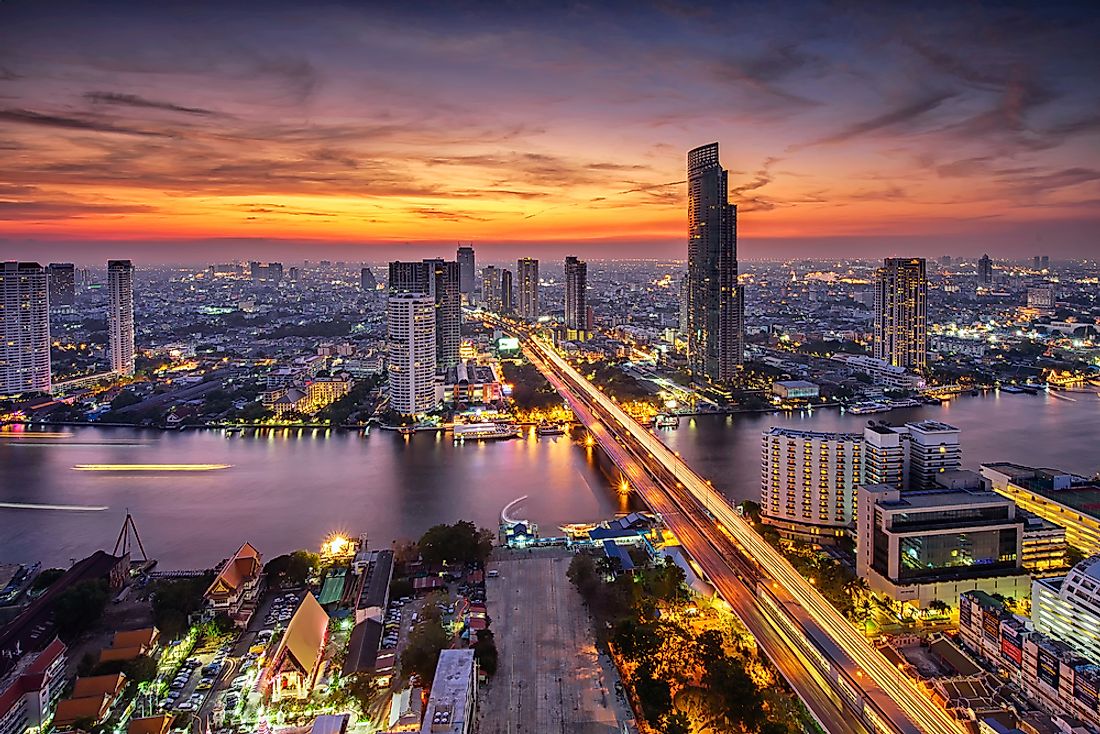What Is A Primate City?

A primate city is an extensive urban environment that is disproportionately the larger city in the country or the region. Primate cities brag of dominance over other cities, they are unrivaled political and economic hubs, and in most cases, they are the capital and the administrative centers of the country.
The Primate City Theory
Geographer Mark Jefferson developed the ideology of the primate city in 1939. Jefferson defined a primate city as the city that is twice as large as the next city and twice as significant. Primate cities are the face of the country, they tend to host international events and develop better infrastructure that other cities or town.
Jefferson determined the degree of a city’s primacy by calculating and comparing the ratio of the size of second and third cities to the largest city. His finding was that in several countries the largest city was twice or thrice as large as the next city and the population ratio was approximately 100:30:20. He further stated that there are various reasons a city would outgrow its neighbors and once it does so it attracts investments and draws resources that would otherwise have been directed to the other cities. Although the ratio sequence was later ignored, the idea of the primate city was agreed upon by many. Subsequently, economists and theorists pointed out that primate cities tend to be the capital cities of the countries they are located in. Most of these cities can trace their origin to colonial past. After the study by Jefferson, two more studies were conducted, first by Fryer (1953) and Murphey (1957). Fryer isolated cities with a population of more than one million in Southeast Asia and analyzed their location, pattern of growth and morphology. On the other hand, Murphy traced the development of cities in Asia most of which began as port centers
Role Played By Primate Cities
Primate cities play a crucial role in the domestic and global economies. Economist Bert F. Hoselitz urged that urbanization does not necessarily have to be generative of economic growth and sited colonial cities that were enclaved and remained stagnant. Revenues generated from trade, accumulation of capital, agriculture and other economic activities were directed to urban construction. This led to the migration of capital and labor to larger cities that were more prospective. Today most capital cities, particularly in Asia, Africa, and the middle east, have acquired the status of primate cities. London and Paris are among the most notable primate cities, but Bangkok has bragged of being the most primate city in the world for being forty times larger than the second largest city Nonthaburi.
Primate Cities Around the Globe
However, not all countries have primate cities. The United States, China, Germany, Canada, India, South Africa, and Brazil, are among large economies without such cities. Canada’s capital city is overshadowed by Toronto and Montreal which are considered global cities, while Germany boasts of Berlin, Frankfurt, Bonn, and Dresden. In the US, the capital city is overshadowed by New York City, Los Angeles, Chicago, Houston, and 17 more cities.











